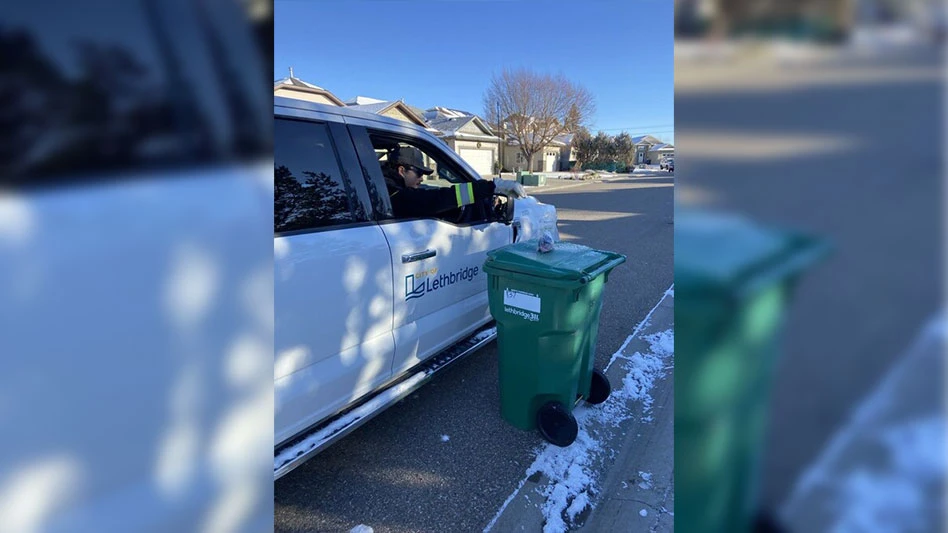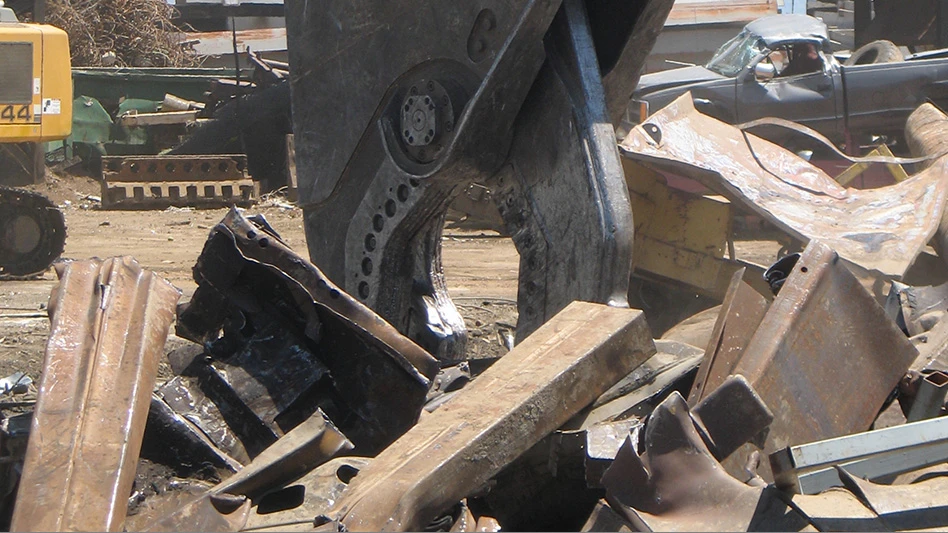The agency charged in a lawsuit filed in U.S. District Court in Baltimore that Westvaco has continually expanded its plant in Luke since 1981 without obtaining proper federal permits and without installing air pollution controls, causing large increases in emissions of nitrogen oxide and sulfur dioxide.
The company called EPA's claims "misguided" and said the agency is "applying new policies retroactively" to "past industry practices that were well-known and previously accepted by EPA."
According to Westvaco, EPA's lawsuit, reaching back to projects undertaken 10-20 years ago, sharply contrast with EPA's praise for Westvaco's dramatic and voluntary reduction in air emissions in more recent years.
The company added that for three years Westvaco has cooperated fully with EPA to address the agency's claims about investments made at the mill in the 1980's. In bringing this action, EPA is proceeding on inaccurate assumptions about the mill's operations, Westvaco stated.
Westvaco is among seven Middle Atlantic pulp and paper mills the EPA threatened with fines over alleged Clean Air Act violations in April 1999 when it announced a crackdown on pulp and paper mills polluting the air and Chesapeake Bay. It is the first company the agency has taken to court.
In its complaint, EPA charged that Westvaco expanded the Luke plant by 40 percent without obtaining permits or installing the required pollution controls. From 1980 to 1998, emissions of sulfur dioxide and nitrogen oxide sharply increased, the complaint states.
The company initiated three projects between 1981 and 1985 to expand its digesters, which use chemicals to convert wood chips to wood pulp, increasing the emissions of sulfur dioxide by 40 tons a year, nitrogen oxide by 40 tons a year and other particulate matter by 25 tons a year, the suit charges. In addition, the firm expanded the rest of the plant by installing a line to bleach hardwood pulp, rebuilding paper machines and increasing the capacity of an electric generator.
EPA said the changes were major modifications that increased emissions and required federal permits. Field said the changes allowed the plant to operate at the higher capacities for which its boilers were originally built.

Explore the August 2000 Issue
Check out more from this issue and find your next story to read.
Latest from Recycling Today
- Phoenix Technologies closes Ohio rPET facility
- EPA selects 2 governments in Pennsylvania to receive recycling, waste grants
- NWRA Florida Chapter announces 2025 Legislative Champion Awards
- Goldman Sachs Research: Copper prices to decline in 2026
- Tomra opens London RVM showroom
- Ball Corp. makes European investment
- Harbor Logistics adds business development executive
- Emerald Packaging replaces more than 1M pounds of virgin plastic





